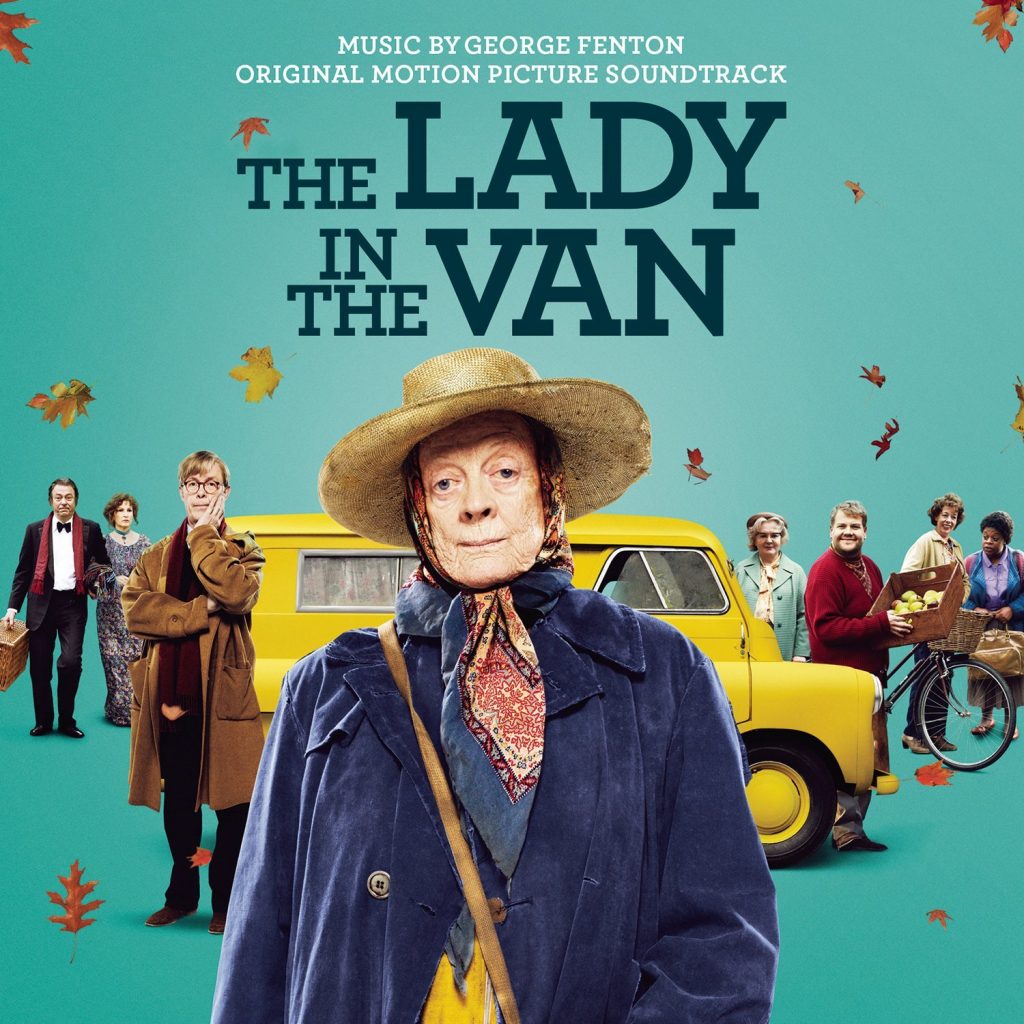Well, it’s my last semester here at the University of Michigan, and I’m lucky to be only taking six credits. It’s a huge change in terms of how much time I actually have on my hands; suddenly, I have class only on Monday, Tuesday, and Wednesday, leaving me more days without class than with class.
This was probably a good choice. For one, why take an excessive number of credits when each class costs a lot of money and I’ve taken almost every class I need to graduate? It’s also a welcome break after 2016, which I spent as a Senior Arts Editor for The Michigan Daily. It was a position that seemed to sap almost every night of free time, even though it’s a relatively small time commitment compared to an editorial position on the news section, for example.
The thing about the Daily was even if it could be a pain to spend so much time there when I had so much studying to do all the time, it was rarely not fun being there. I worked closely with many of my best friends there, and it was a comforting place to go to each night I worked, not an unwelcome one. So even though the end of my editor position means a lot of nice free time, it also means spending less time in that fun environment surrounded by the people I laugh around the most. As a result, I think, I’ve felt a little despondent in the week since we came back from winter break…a little unmotivated, unproductive, with too much time to just sit in my room. I’ve felt a little lonely, to be honest.
And we all know what the best thing is for feeling lonely: art!
So I’m determined to start taking in a lot more art this semester, and not feel guilty about it. To start, of course, I’m watching a lot of TV and movies, and listening to a lot of music, as usual. I recently finished watching The Leftovers, and I just started Bates Motel tonight. I also have The Americans and Twin Peaks on my agenda for this semester. I have an endless list of movies to watch, and I’m going to enjoy watching them.
The most notable things, though are these:
First, I’m going to read more. I feel like I haven’t really read for pleasure that much since at least the summer, but more realistically farther back—you could even extend that to high school. I’m finally finishing Goodbye, Columbus by Philip Roth after starting it over the summer and promptly stopping when school started. I also have Super Sad True Love Story checked out, and plan to read The Handmaid’s Tale and some other good stuff soon.
Second, I’m going to journal consistently. My journal is massively important to me—I still have to write a longer post about that sometime—and I always inevitably fall behind because I spend so much time on it, imbuing every entry with so many details. When I fall behind, it takes the emotional power out of some of the entries, because I’m recalling events long after the fact, so I’m going to make sure to catch up once and for all and journal consistently this semester.
Third, I’m going to start writing fiction again. I haven’t done this in a while, either, and I really need to just write a novel already. It’s not good to take huge breaks from writing, and I need to learn to really discipline myself when it comes to that.
Anyways, yeah, that’s it! I’m also, obviously, applying to jobs for after graduation and trying to spend time with friends, but sometimes it seems like I am the single least busy person this semester, so I’ll have plenty of extra time, and art is the best way to fill that.





